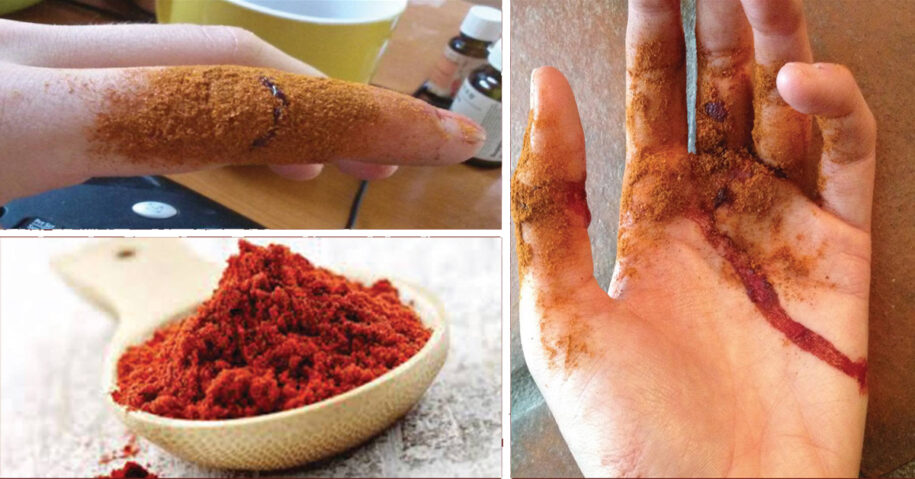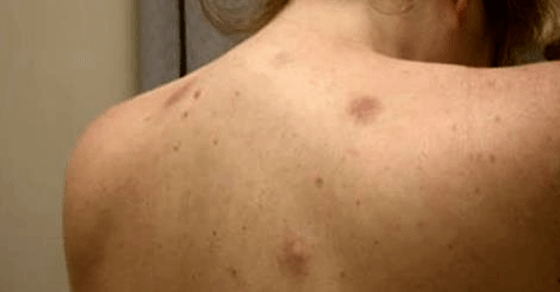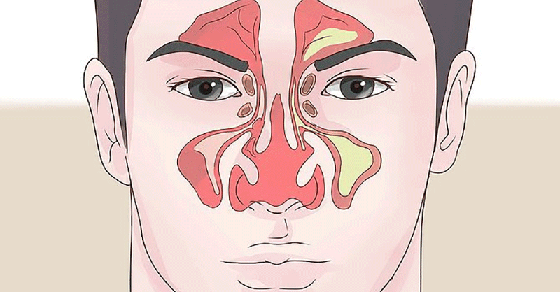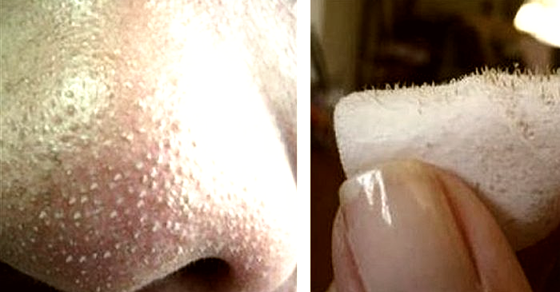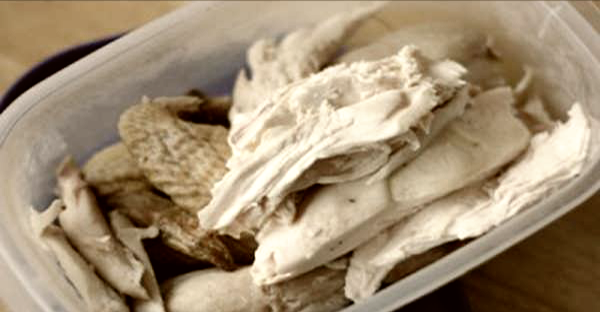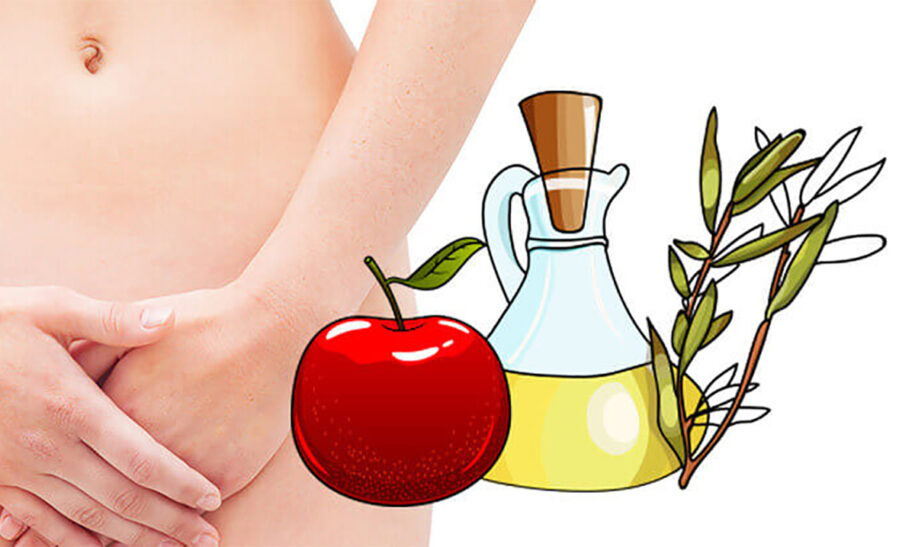
11 Ways To Eliminate Unwanted Vaginal Odor
Vaginal Odor, unfortunately, is a part of many women’s lives. It can be caused by a lot of different reasons. Here are the best ways to eliminate it.
The first step to getting rid of the problem would be to identify it. In most cases, vaginal odor is due to infection or bacterial growth. If you do indeed have an infection, it might be best to go to your doctor and have yourself checked out. If you however do not have an infection, there are many natural remedies most of which are found in our kitchens.
1. Yogurt
Yogurt is rich in lactobacillus, which helps restore the normal vaginal pH levels; it is also a probiotic it will help build up your beneficial flora. The yogurt should be organic and unflavored with live active cultures.
1. Eat the yogurt daily.
2. Dip a tampon in the yogurt and insert it into the vagina before bed. Rinse well in the morning.
2.Garlic
Garlic has a powerful anti-fungal property. Wrap the garlic in a thin cloth like cheese cloth, attach it to a string and insert it into the vagina. This will help fight the growth of bacteria and yeast; eliminating vaginal odor. A paste can also be made and applied to the vaginal area externally.
3. Vinegar and salt bath
Fill your bathtub with warm water, add one cup of natural sea salt, one cup organic white vinegar, and 1 1/2 cups of organic apple cider vinegar. Soak for 15-20 minutes, opening your legs. Do not use strong smelling soaps, oils, or washes.
4. Skip the silk
I know, I know silk and satin make us women feel sexy, and they feel so nice. However, they also trap sweat and urine in the cloth causing vaginal odor. So skip the silk, grab some cotton, or even go commando!
5. Tea Tree Oil
Add three drops of tea tree oil into a cup of water and apply it to your vagina. Tea tree oil has anti-fungal properties that aids in the treatment of vaginal odor.
6. Citrus Fruits
Citrus can help your body with infections and be quite effective with vaginal odors. Vitamin C, Is an immune booster, and it can help to remove harmful toxins from within the body.
Drink Fresh fruit and vegetable juices to flush out impurities from the blood. This will also prevent various types of urinary infections.
7.Indian Gooseberry
Indian Gooseberry is a blood purifier and a natural cleanser. Include it into your daily diet, or it also comes in powdered forms that can be mixed with water and applied to the vaginal area to rid the area of odor.
8. Changing your panties
Yes, you need to change your underwear at least every twelve hours. Many people go to work in the same underwear they went to bed in, this can build up bacteria and cause a strong odor.
9. Fenugreek
Fenugreek is highly beneficial for women. When consumed on a regular basis, it helps balance the hormones and promotes regular menstrual cycles.
Soak one or two teaspoons of fenugreek seeds in one cup of water before going to bed. The next morning, strain out the seeds and drink the water on an empty stomach.
You can also use fenugreek seeds to make herbal tea. To prepare this tea, boil one teaspoon of fenugreek seeds in a cup of water. Strain and drink it two times a day.
Note: Fenugreek can cause diarrhea and skin irritation. If you experience these effects, discontinue use of this remedy.
10. Lavender Essential Oil
Take a glass of water, add one tablespoon of witch hazel and about ten drops of lavender essential oil and mix it thoroughly and use it as a vaginal wash after taking a shower. Repeated daily use will provide a long-term cure for bacterial vaginosis!
11. Apple Cider Vinegar
Apple cider vinegar kills bacteria and balances PH. And it can be used two ways:
- Soak in about two cups of vinegar mixed with a bathtub full of water.
- Mix two tablespoons with 8 ounces of water and ingest daily.
More Tips:
Drink plenty of water throughout the day to flush out toxins and harmful bacteria from the body.
Avoid refined carbohydrates such as bread and beer. Avoid caffeine and sugary drinks; sugar stimulates yeast production.
Wear 100 percent cotton panties that allow proper air circulation avoid silk and satin for long periods of time.
Change pads, tampons, and panty-liners as often as possible. Good Hygiene is very important!
Avoid using strongly scented products in the vaginal area, they may contribute to unbalanced vaginal pH.
Wash the area with warm soapy water after sex.
Use protection, vaginal odors are a lot of time a warning sign of a STD.


